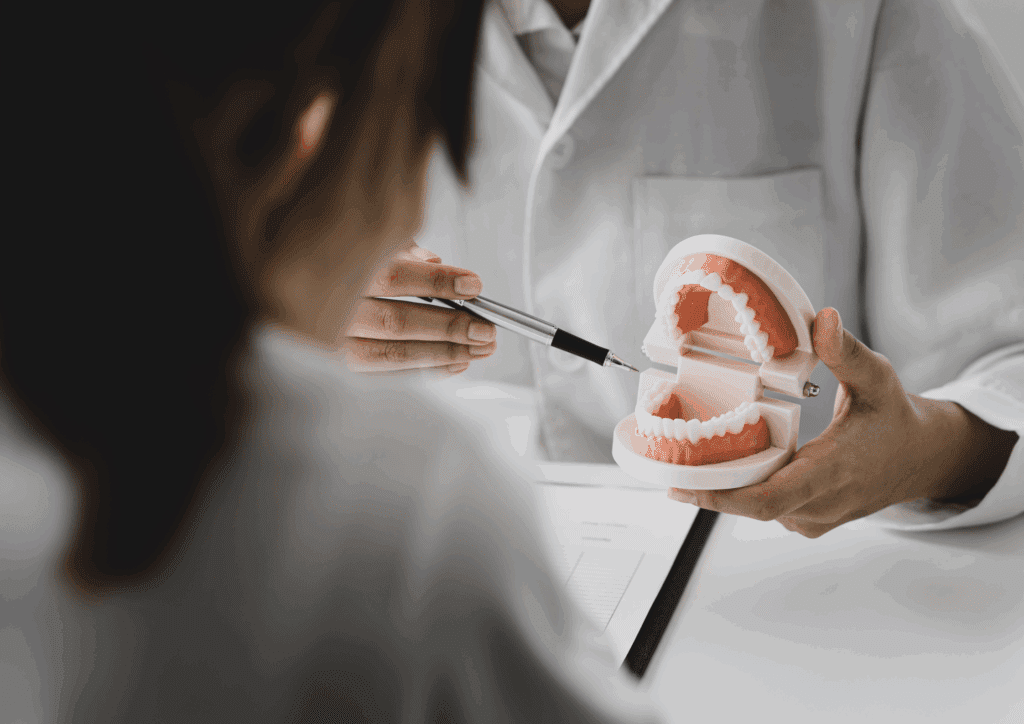You may not think your child needs orthodontic treatment until all their adult teeth have come through. Dentists recommend that children have an orthodontic assessment by the age of 9 to address any issues as early as possible, beyond the yearly check-up your child should already be having. By performing this assessment, we can prevent the need for extensive and costly treatment later on.
At Dana Street Dental, we believe in beautiful functioning smiles for everyone. In this article, we discuss children’s orthodontics and what signs to look out for.
Understanding early orthodontic treatment
Early orthodontic treatment comes before braces and other straightening methods. It’s about correcting behaviour during development to prevent further issues. These behaviours include thumb sucking and mouth breathing. Your child’s dentist can also identify and help fix structural problems. These problems may include protruding teeth, overcrowding and spacing issues. It’s easier to correct structural problems while your child’s jaw is still developing.
Crooked teeth in young children are often a sign that their jaw is not developing properly. This can affect their breathing, sleeping, facial structure and posture. By addressing the issues that are causing your child’s crooked teeth at the earliest opportunity, we can potentially negate the need for braces altogether.
Signs your child should have an orthodontic assessment
It can be tricky to know whether your child needs an orthodontic assessment. So, we’ve compiled a list of signs that may indicate your child needs an orthodontic assessment:
- Early loss of baby teeth (before the age of five)
- If their teeth do not meet when they bite
- Mouth breathing or snoring
- If their front teeth are crowded
- If their front teeth are protruding (sticking out at odd angles)
- Difficulty with biting or chewing
- Difficulty speaking
- If you notice their jaw shift when they open and close their mouth
- If they still suck their thumb beyond the age of five
The benefits of early orthodontic treatment
Prevention is always better than cure. With early orthodontic treatment, we can prevent children from developing more serious oral issues later on. Jawbones usually don’t harden until late adolescence. When a jawbone is still soft the bone is more pliable, this makes corrective procedures easier to perform. It also means the treatments work more effectively than they would on an adult. By performing such treatments early, you are giving your child the best chance of a healthy, functioning mouth in adulthood.
Early intervention also means identifying underlying issues that may not be obvious just from looking at your child’s teeth. An orthodontist can pick up these issues and correct them before they develop any further. This means less orthodontic treatment later which is good for your child and your bank account.
What does a dentist look for?
When you take your child for an orthodontic assessment there are certain things their dentist looks for, these include:
- Jaw development: size, shape and the relationship between the upper and lower jaw
- Habits: whether the child breathes through their nose with proper tongue function
- Overcrowding: lack of room to accommodate all adult teeth
- Deep bite: the top teeth overlap the bottom teeth excessively when biting down
- Crossbite: the teeth do not line up correctly when biting down
- Open bite: a space between top and lower teeth even when biting down completely
There are many different treatment options for the above issues. One example is a palatal expander which can be used to encourage width in the upper jaw. This creates straighter teeth, encourages nasal airway formation and improves tongue posture. As you can see, orthodontics goes beyond simply straightening teeth.
At what age should my child get braces?
If your child does need braces, it’s best to get them fitted while their head and mouth are still growing. Between the ages of 8 to 10 is optimal. By this time some or most of their adult teeth have come through yet their jaw is still developing. Straightening methods such as braces are most effective at this time because the bone and tissues are much softer.
Orthodontics at Dana Street Dental
At Dana Street Dental we believe in creating beautiful and healthy smiles for everyone, no matter their age. We understand that early orthodontic treatment is crucial for the development of your child’s jaw and facial structure. Our friendly team are experts in children’s jaw development and teeth positioning. If you’d like to know more about our early orthodontic treatment, give us a call today.














